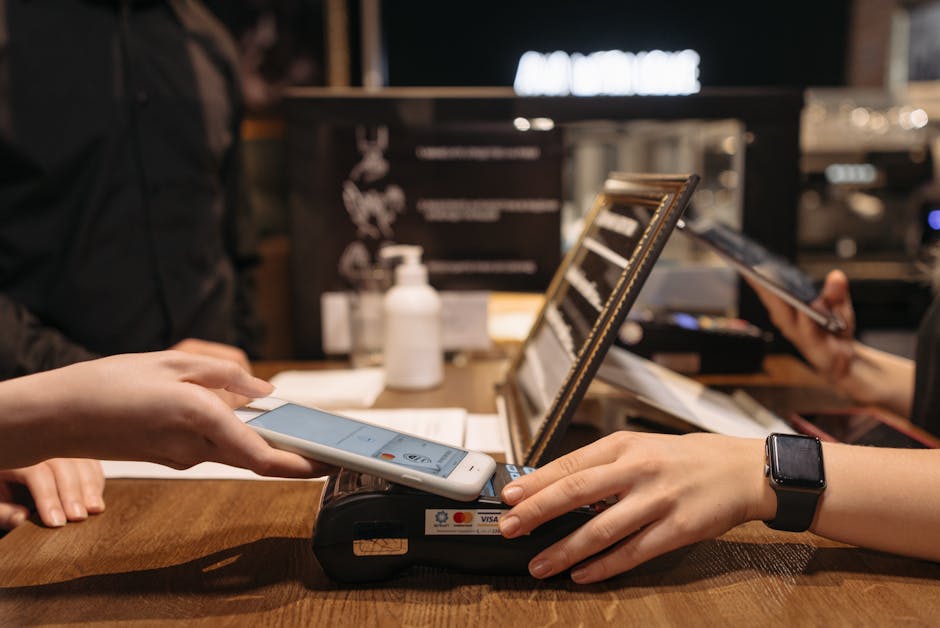Leverage Urban Microclimates: A Growth Hack for Small Businesses
In the dynamic landscape of small business and startup growth, the quest for sustainable strategies that offer both uniqueness and practicality is relentless. One such innovative approach garnering attention is leveraging urban microclimates. These localized environmental niches are dictated by various factors like geography, vegetation, and human infrastructure, creating unique opportunities for businesses aiming for sustainable growth. How can your small business tap into these microclimates to not only survive but thrive? Let’s delve into the world of urban microclimates and business growth.
Understanding Urban Microclimates
Urban microclimates are areas within cities that have distinct climate conditions compared to the broader region. These differences can be attributed to factors such as building materials, vegetation, pollution levels, and even human activities. For instance, a neighborhood lined with trees may maintain cooler temperatures than a concrete-heavy lot nearby. This phenomenon can create both challenges and opportunities for small businesses trying to operate and grow effectively.
Take, for instance, the popular “heat islands” that neighborhoods can become due to dense buildings and minimal greenery. Businesses situated in these hotter locations may find it difficult to attract customers during peak sunlight hours. However, businesses that understand these dynamics can position themselves strategically. A café with outdoor seating under a canopy of trees can become a popular refuge during hot summer days, while a small ice cream shop can thrive by capitalizing on demand for cool treats amidst rising temperatures.
Tapping into Consumer Behavior

Understanding consumer behavior in relation to microclimates is vital for businesses. Urban dwellers are increasingly becoming climate-conscious, with many seeking brands that reflect their values, particularly sustainability. By linking operations to microclimatic conditions, businesses can market themselves as environmentally adaptable. For example, a fashion boutique could highlight how their clothing lines are suitable for local temperature variations, promoting not only growth but also consumer loyalty through value alignment.
To dive deeper into consumer insights, consider how you can continually adapt your offerings to address seasonal changes dictated by microclimates. Localized marketing strategies can include promotional events that celebrate unique weather conditions, further reinforcing your brand as attuned to local environmental nuances.
Green Infrastructure: A Double-Edged Sword

Incorporating green infrastructure can be a game-changer for small businesses. By planting trees, creating green roofs, or establishing small parks, you’re not only enhancing your immediate environment but also creating microclimates that can benefit your business directly. For instance, coffee shops that embrace outdoor seating are likely to profit from the cooler air created by nearby greenery during hot days.
However, businesses must also be vigilant about the maintenance of such green initiatives. Neglecting plants can lead to a decline in the aesthetic appeal of your location, directly impacting customer footfall. Investing in local partnerships with landscaping and gardening services can ensure that your green infrastructure remains vibrant and inviting.
Collaborations and Community Engagement

Leveraging urban microclimates isn’t just about individual business strategies; it’s also about community. Collaborating with other small businesses can amplify the benefits derived from localized climate advantages. For example, local market initiatives can highlight products that thrive in specific microclimates, showcasing farmers’ markets in shaded areas or community gardens that adapt to rain patterns.
A community of like-minded small businesses can drive awareness and foot traffic through events that celebrate local climate—weather-related festivals, environmentally sustainable pop-up events, or workshops on urban gardening techniques. These collaborations can foster a sense of community that makes shopping locally a more attractive option—capitalizing on the mood and preferences of the urban populace.
Case Studies: Success in the Microclimate

To illustrate how urban microclimates can directly influence business growth, consider the case of a small craft brewery located in a part of town known for its cooler temperatures. This brewery capitalized on the location’s climate by offering seasonal brews or patio seating that maximized the pleasant weather during spring and fall, effectively enhancing customer experience and sales.
Similarly, a local bakery recognized the demand for fresh pastries on rainy days when people sought comfort food. By promoting delivery services and optimized online ordering systems, they not only maintained sales but created a loyal customer base that kept returning, regardless of weather.
These success stories demonstrate that when small businesses understand their microclimates, they can leverage weather patterns and local preferences to craft an engaging brand experience that resonates with their communities.
Sustainable Growth Strategies

As you build your strategy around urban microclimates, sustainable practices should remain central. Here are practical tips for implementing growth-oriented approaches:
-
Conduct Climate Assessments: Understanding the specific climate inclinations of your area can guide your operational decisions, from inventory management to promotional strategies.
-
Adopt Renewable Resources: Using solar energy, rainwater harvesting systems, or sustainable materials can significantly enhance your brand’s image as an environmentally friendly business.
-
Engage with Local Sustainability Initiatives: Joining forces with local government programs that focus on sustainability can provide networking opportunities and potential funding or resources for your green initiatives.
-
Educate Your Team: Ensure that your staff understands the environmental aspects of your operations. Host workshops on sustainability practices and the importance of microclimates, allowing them to become ambassadors for your brand’s mission.
-
Gather Feedback: Utilize customer feedback to understand how well your approach resonates with them. Regularly solicit input on your environmental practices and offerings, refining your strategy based on what truly appeals to your audience.
Through these sustainable approaches, you’ll better position your small business not only to address current challenges and opportunities but also to thrive in the long term.
Tools and Resources for Analysis

While the concept of urban microclimates is fascinating, operationalizing it requires specific tools and resources. Consider leveraging platforms like Google Maps for demographic insights, ARCGIS for climate data, and even solar radiation databases that help assess energy production potential. Websites such as the Harvard Business Review can offer in-depth articles on entrepreneurship, innovative business strategies, and sustainability that can supplement your knowledge and operation.
Engaging with discussions online about urban sustainability can also provide ideas about how other businesses are harnessing microclimatic conditions successfully.
The Role of Technology in Harnessing Microclimates

With technological advancements, small businesses can now utilize smart weather monitoring systems to track climate conditions in real-time. Wearable devices or applications allowing businesses to monitor temperature and humidity can inform operational decisions - whether it’s adjusting outdoor seating, changing inventory based on temperature forecasts, or scheduling events that maximize customer turnout.
Not everything requires fancy technology; often, simply observing customers and how they respond to different weather patterns can yield insights that drive smart decisions. Encouraging a culture of observation and adaptability can create an innovative edge that benefits both your business and its patrons.
Final Thoughts: Embracing the Microclimate Approach
In leveraging urban microclimates, small businesses can create a unique competitive advantage rooted in sustainability, community engagement, and customer-centric strategies. By connecting your business operations to the specific environmental conditions of your locale, you pave the way for innovative approaches that resonate with increasingly eco-conscious consumers.
As we’ve explored, there are numerous opportunities to integrate sustainable practices into your growth strategies. Implementing these innovative tactics can position your small business as a leader in environmentally friendly practices, while fostering a deeper connection with your community. By embracing urban microclimates, you’re not just shaping the future of your business; you’re contributing positively to your community and the environment at large.
If you’re seeking more growth hacks for small businesses, don’t miss out on our insights on collaborative innovation and harnessing creativity.




